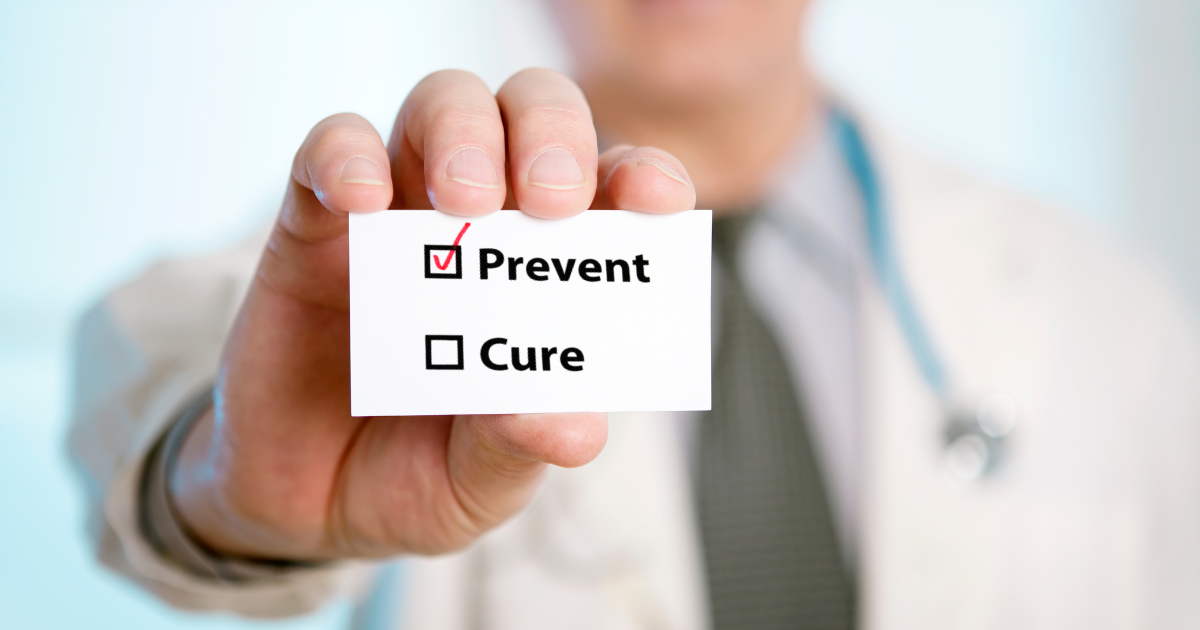Reducing the risk of addiction
Drug use is at its highest among young people aged 18-25, according to the most recent World Drug Report. Young adults are still developing mentally and physically. Most haven’t fully developed impulse control and decision-making skills. Therefore, when faced with peer pressure and the increased availability of drugs and alcohol, they’re more prone to experiment with risky activities like substance use that could lead to possible substance use disorder (SUD) symptoms later in life.
For these reasons, it’s important to find ways to reduce the risk factors surrounding repeated substance use. Addictions or substance use disorders are difficult to treat, let alone prevent. There are many external and internal factors that influence a person’s path to repeated substance use and subsequent addiction. Family history with substance use, income, education level and adverse childhood experiences, for example, are all factors that can impact a person’s chances of developing a drug or alcohol addiction.
“We’ve just barely reached the point where we can look at what addiction really does in the brain,” said Danyelle Kuss, a clinical therapist at Landmark Recovery of Oklahoma City. “We know somehow there’s a combination of genetic and environment playing together.”
Childhood substance use leads to addiction later in life
Research and studies indicate that the earlier a person begins drinking or taking drugs, the greater their risk of developing an addiction later in life. While everybody has certain risks that can expose them to addiction, young people have the odds stacked against them. The National Survey on Drug Use and Health reports that some children abuse drugs at the age of 12, while 60% of Americans say their first alcoholic drink came as a minor (under 18).
Establishing protective factors reduces the likelihood that someone will turn to drugs or alcohol to cope with negative emotions and stress. This includes increasing positive influences that counter the impact of risk factors. By doing so, we provide support for millions of young people and future generations. Having guidance is important for young people as they experience growing pains and face challenging situations that can negatively impact their mental health.
“If their environment and protective factors outweigh their genetics – if they have a really involved in family and strong connections to their communities, they’re not guaranteed to develop an addiction,” Kuss said.
Related: How Parents Can Talk to their Children About Underage Drinking
How do people develop addictions?
When a person develops an addiction, or substance use disorder, their brain experiences changes that cause them to drink or take drugs to feel normal. Every person’s brain has a “reward system” that teaches them to repeat natural activities that feel good and help them survive, like eating. When you eat your favorite food, for example, chemical messengers called dopamine (aka the “pleasure chemical”) are released into your brain and cause you to feel satisfied. As a result, your brain remembers what helped create the dopamine surge and connects the activity to cues like sights and smells that motivate you to eat again.
Substance use, however, hijacks dopamine production in the brain’s reward system. When a person drinks alcohol or takes drugs like cocaine or opioids, their brain receives up to 10 times more dopamine than it would from a regular, rewarding activity like eating. Therefore, repeated drug or alcohol use changes their brain and connects the risky activity to the satisfaction they get from the large dopamine surge. However, their brain adjusts to the increased dopamine levels over time, and they eventually develop a tolerance to the effects of substances. As a result, they need more of the substance to achieve the initial “high” or satisfaction.
Related: How Dialectical Behavioral Therapy is Used in Addiction Recovery
Many people who decide to limit their substance use or quit altogether experience strong desires to use again or extreme sickness. These are both signs, or withdrawal symptoms, of their body and mind’s dependence on drugs or alcohol to function correctly. The uncomfortable withdrawal symptoms make many people continue to use to make them go away, which increases their risk of life-threatening emergencies like seizures, hallucinations or overdose.
Withdrawal symptoms can be unpredictable and dangerous. Therefore, it’s best to safely remove drugs or alcohol with the help of medical professionals at hospitals or addiction treatment centers like Landmark Recovery. During a process called medical detox, facility staff members provide 24/7 care to help manage symptoms.
Have questions about addiction?
If you or a loved one struggles with drugs or alcohol and you’re lost on what to do next, don’t hesitate – get help today. Call Landmark Recovery today at 888-448-0302 to talk to a recovery specialist. Our admissions team will answer questions, like how much treatment costs and what to expect from a rehab program.
Related: Exploring the Teenage Factor of Underage Drinking
Risk factors vs protective factors for addiction
Risk factors and protective factors of addiction are influences that contribute to substance use. These internal and external influences help explain why people and communities are more or less likely to drink or take drugs that lead to the development of addiction and substance use disorders (SUDs). Some risk and protective factors change over time, influenced by things like income level, peer group, neighborhood and employment status. Other risk and protective factors are determined by a person’s genetic predisposition, or family history, related to drugs or alcohol.
Risk and protective factors counter the impact of one another. Therefore, when we strengthen protective factors, we reduce the impact of the risk factors associated with substance use.

Lack of parental supervision is a risk factor for drug and alcohol use.
What risk factors cause addiction?
Risk factors for addiction are negative influences that people and communities experience in their daily lives. They’re defined by genetic, mental, family, community and cultural traits that each have a likelihood of negative outcomes if a person turns to drugs or alcohol. For example, growing up with parents who drink or use drugs or in a high-crime neighborhood represents risk factors for substance use and addiction.
More examples of risk factors for addiction include:
- Underage drinking (under 21 years old) or adolescent drug use
- Acting out as a child/adolescent behavior problems
- Gender
- Child/teenage rebelliousness
- Positive attitudes toward alcohol or drug use
- Low perceived addiction risk
- Genetic predisposition (Family history of substance use problems)
- Parental abuse or neglect
- Negative upbringing
- Lack of supervision and parental expectations
- Family conflict
- Poor academic performance/commitment to school
- Increased access to drugs or alcohol
- Normalized drug or alcohol use in the home/community
- Low socioeconomic status (e.g., limited family income)
- Mental health/psychiatric problems (anxiety, depression, etc.)
- Low parental education
- Having peers who abuse drugs or alcohol
- Poorly equipped schools
- Poor family structure
- Isolation

Parental involvement is a protective factor for childhood and teen substance use
What are the protective factors for addiction?
Protective factors for addiction counter the impact of risk factors. These are positive influences that improve individual and community conditions and reduce the likelihood of substance use. If a person is exposed to drug or alcohol use at home, a common risk factor for addiction, involvement in extracurricular activities like sports and academic clubs is a protective factor that can reduce the impact of their home life.
Listed below are more examples of protective factors that reduce the chances of substance use:
- Individual traits of positivity
- High level of mindfulness
- Strong beliefs against drinking or drug use
- Desire to maintain a healthy life
- High parental awareness of substance use
- School connectedness
- Strong religious beliefs
- Structured activities
- High self-esteem
- Community involvement
- Peer factors
- Self-control
- Parental involvement/supervision
- Anti-drug use policies
- Strong neighborhood attachment

It’s important to find ways to reduce the risk factors surrounding repeated substance use.
How to prevent an addiction
It’s difficult to stop someone from developing an addiction. We can, however, assess the positive and negative influences in a person’s life that can lead to substance use. When we identify and strengthen individual and community factors that can lead to emotional support and boost mental health, we reduce the chances that people will turn to drugs or alcohol. It’s a process that can help improve the overall quality of life and reverse the trend of deadly overdoses happening nationwide.
Prevent addiction from getting worse
If you or a loved one suffers from the mental or physical effects of addiction, call 888-448-0302 to talk to a recovery specialist. Our confidential phone line is open 24/7. Visit our locations page for a complete list of addiction treatment centers near you.

Choose Recovery Over Addiction
We're here 24/7 to help you get the care you need to live life on your terms, without drugs or alcohol. Talk to our recovery specialists today and learn about our integrated treatment programs.



